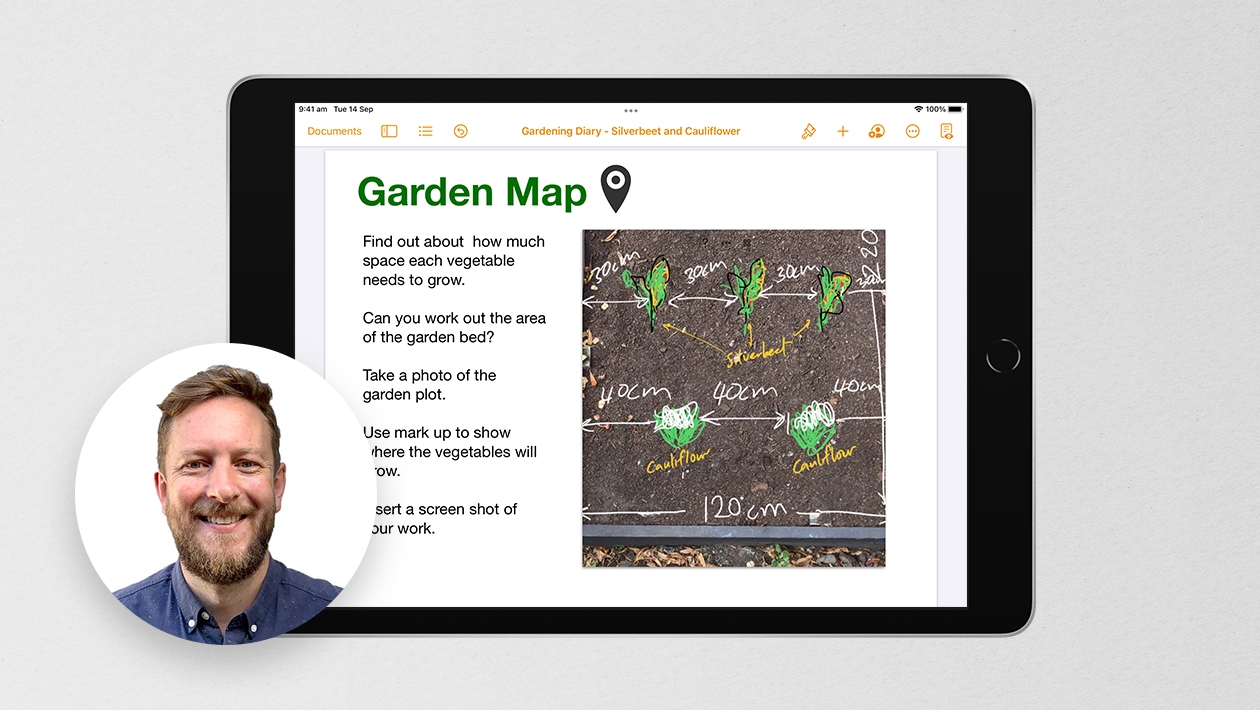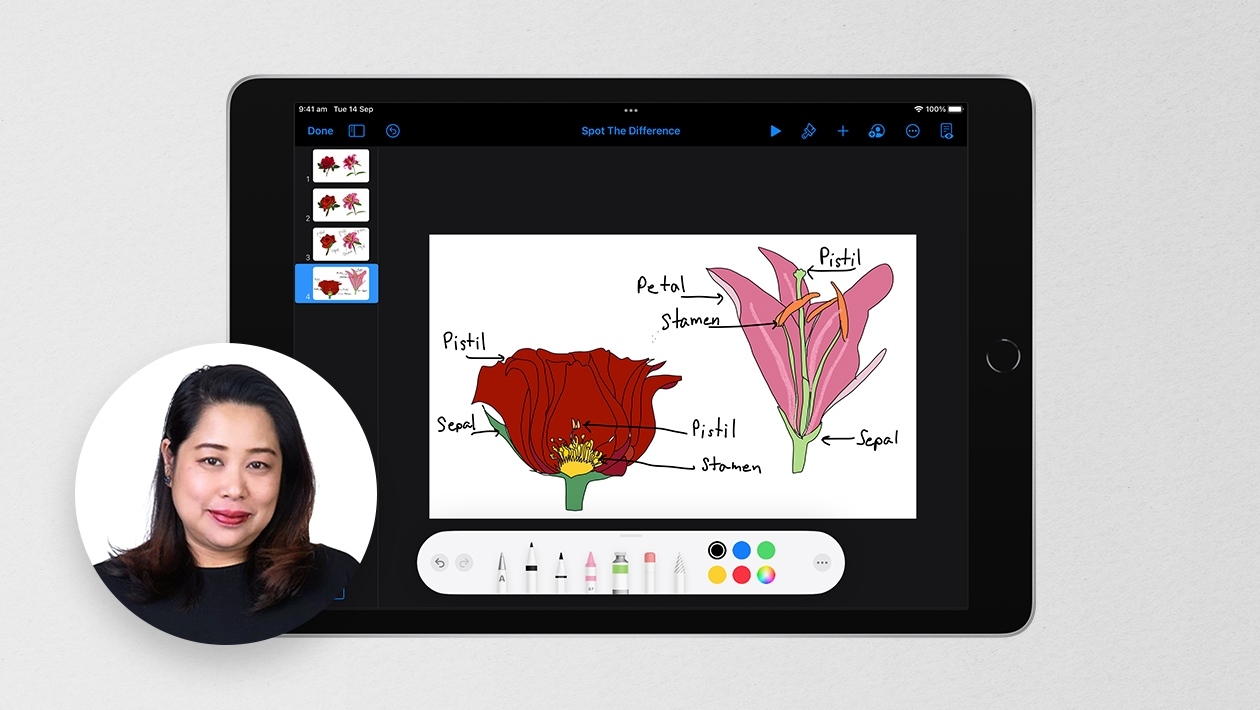As a researcher, I’ve always believed that science becomes real when students experience it first-hand. That’s why I encourage my students to get out of the classroom and into the field, where nature becomes the lab, and every step is a learning opportunity.
One memorable fieldwork adventure was when I supervised two research groups conducting a biodiversity assessment in Porac, Pampanga. Our goal? To explore a local ecosystem and document its floral and insect diversity using transect techniques and modern tools.
We set up a 100 to 200-meter line transect and got to work under the warmth of the morning sun. It was hands-on, messy, fun, and full of discovery. Students collected samples, took photos, and made observations, all while walking through natural trails and terrain.
But what truly elevated the experience was the unexpected power of the iPhones in our pockets. Most students had an iPhone 11, 15, or even the newest iPhone 16. We used the built-in geotagging feature, thanks to GPS and location services, so every photo taken of a plant or insect was automatically tagged with its exact coordinates. Later, we could map these points to track the spread and location of different species in the area. The data came alive. It was like watching their field notes transform into real-time, research-grade insights.
And here's the amazing part: with iOS's Visual Look Up feature, students could actually identify many plants and insects right on the spot, by simply tapping the little “i” icon on the photo and swiping up. It was like having a digital field guide in their hands. Excited voices filled the air:
“Sir, I think this one’s a type of fern!”
“This bug looks like a leaf beetle. It says it might be endemic!”
Using technology they already loved, my students suddenly saw their iPhones not just as cameras or social tools, but as scientific instruments. Devices that could capture, locate, and identify life forms in the field instantly. It was science in motion.
Back in the classroom, the data they collected, complete with geotags and IDs, formed the foundation for their research paper. We talked about species distribution, compared sightings, and began the process of turning raw experience into formal research.
That trip to Porac wasn’t just about biodiversity. It was about possibility. About how learning becomes powerful when curiosity meets the right tools.
And yes, it was also a lot of fun.










June 03, 2025
Thanks for the story of your experience! iPhones and out door science - a perfect combination.
This action is unavailable while under moderation.
This action is unavailable while under moderation.